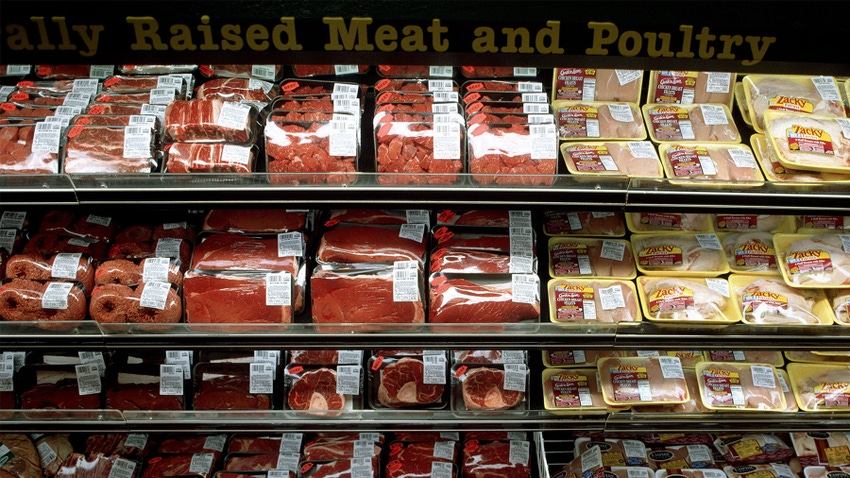October 2, 2023

As cattle producers consider how the industry may fare in the future, it is worth noting that beef’s market share of U.S. meat consumption continues its long-term decline.
No one would currently argue that beef demand is disappointing. In fact, it has consistently been a bright spot for producer profitability for most of the past 20 years. Yet the fact remains that in pounds of product output, beef has fallen further behind pork and especially chicken over the past few decades.
Where’s the beef?
Beef’s share of total meat availability has been on a decline for nearly 50 years. The biggest factor in this decline has to do with the expansion of chicken production.
Chicken production is nearly four times larger now than in the early 1980s. Turkey production has more than doubled in that same time frame, and pork output has grown by more than 75%. Meanwhile U.S. beef output is up about 25%.

The graphic presents the portion of U.S. beef, pork, chicken and turkey domestic disappearance allotted to beef. Domestic disappearance is best thought of as meat that is available for consumption after accounting for production, imports, exports and changes to stocks of meat in cold storage.
It does not necessarily equate to actual consumption because of food waste, but it is the best measure available to track meat consumption.
It is not surprising that beef’s market share declines the most when the industry finds itself in a portion of the beef production cycle when output is declining. The graphic also denotes years of beef production peaks and beef production troughs.
In the past four cyclical moves from peak to trough, beef has lost an average of 4.7% of market share. The declines have been less severe during the past two cycles, with the market share loss averaging only 2.2%.
What comes around goes around
But it is noteworthy that even as the sector moves from cyclical lows in beef production to cyclical highs, the result has still most often been a loss in market share.
The past four moves from trough to peak have resulted in an average loss of 1.2% of market share, although the slight 0.6% increase in the most recently completed cycle marked the only increase that could be noted anywhere on the chart from a trough to a peak.
In other words, lost market share has been extremely difficult to regain.
USDA projects that 1.9% more market share will be lost this year and next, taking the beef share of total meat availability to a historic low of 24.5% in 2024. And most expect beef production to drift even lower after that.
The big question will be the extent to which share can be regained as the industry rebuilds in the years to come. And whether there is a depressed level of market share from which the beef industry will find it difficult to thrive in the long term.
Brown is a livestock economist with the University of Missouri. He grew up on a diversified farm in northwest Missouri.
About the Author(s)
You May Also Like




